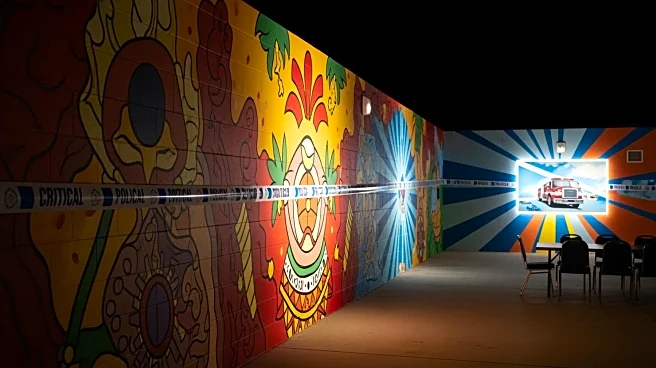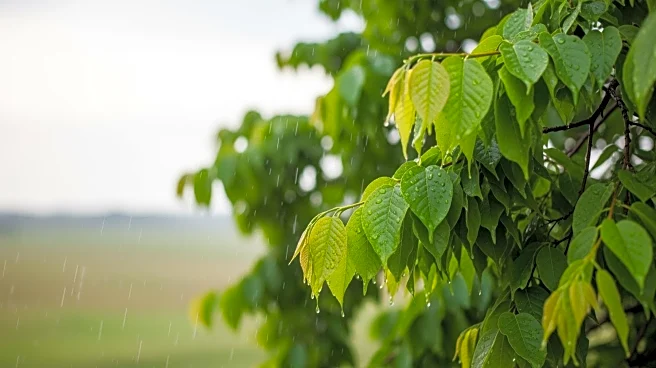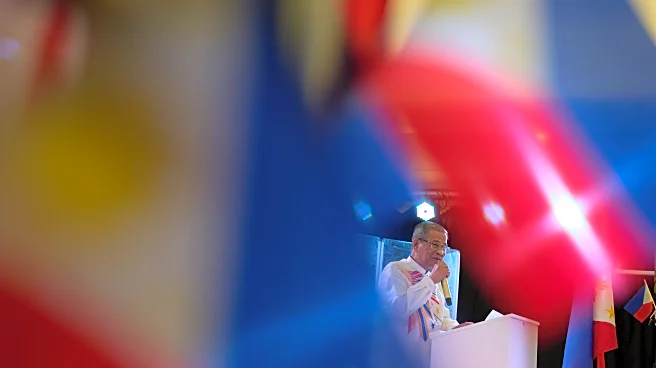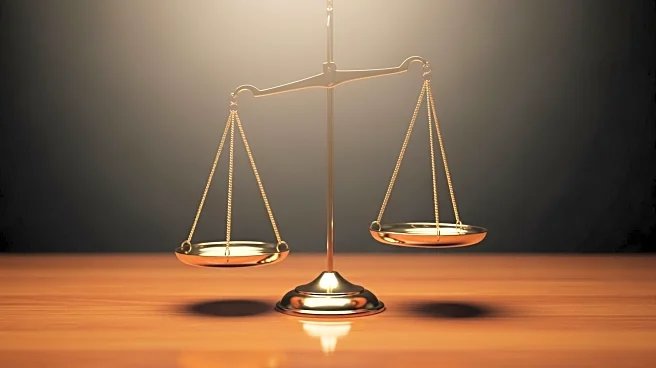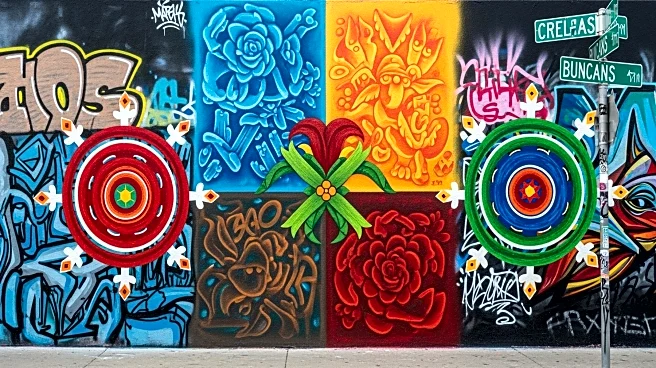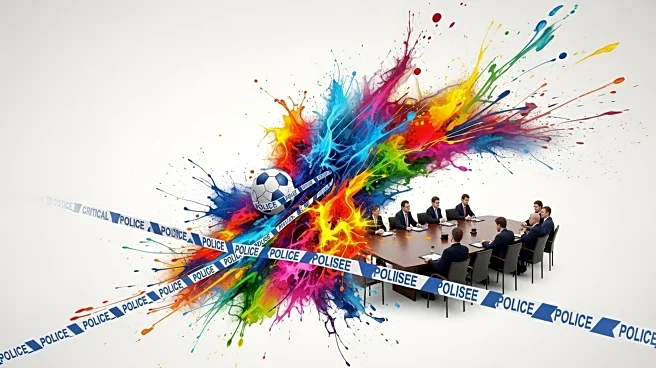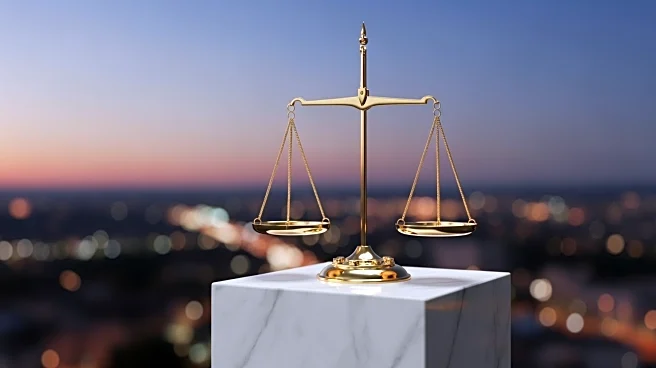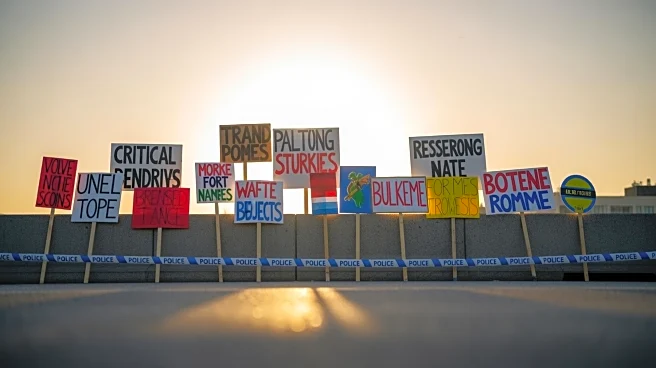What's Happening?
Luis De Jesus Los Angeles is currently showcasing two exhibitions that explore identity, memory, and the cultural landscape of Los Angeles through Chicanx art. 'Karla Diaz: Mal de Ojo' features self-portraits that blend familial bonds, cultural heritage,
and surreal imagery, while 'Frank Romero: California Dreaming' presents new paintings and neon sculptures that capture the city's vibrant dreamscape. Diaz's work uses watercolor and acrylic to address socio-political themes, while Romero's pieces reflect the Chicano Art Movement with abstract nocturnes and iconic LA landmarks. The gallery, known for its commitment to intersectional diversity, provides a platform for artists from Latinx, Asian, and Black diasporas.
Why It's Important?
These exhibitions underscore the significance of Chicanx art in representing cultural narratives and socio-political issues. By focusing on personal and communal themes, Diaz and Romero's works offer a form of resistance and subversion against societal challenges. The gallery's dedication to diverse representation highlights the evolving landscape of contemporary art, fostering dialogue and understanding across different communities. This approach not only enriches the cultural fabric of Los Angeles but also contributes to broader discussions on identity and representation in the art world.
What's Next?
The exhibitions are open until October 25, 2025, providing an opportunity for visitors to engage with the artists' visions. As the gallery continues to champion diverse voices, it may influence other institutions to adopt similar practices, potentially leading to increased visibility and recognition for underrepresented artists. The ongoing dialogue around identity and cultural heritage in art could inspire future exhibitions and collaborations, further expanding the reach and impact of Chicanx art.
Beyond the Headlines
The exhibitions at Luis De Jesus Los Angeles not only celebrate Chicanx art but also challenge viewers to reconsider their perceptions of identity and cultural heritage. By intertwining personal narratives with civic space, the artists invite audiences to reflect on their own experiences and the broader socio-political climate. This engagement with art as a form of resistance and storytelling may encourage deeper exploration of cultural histories and their relevance in contemporary society.
